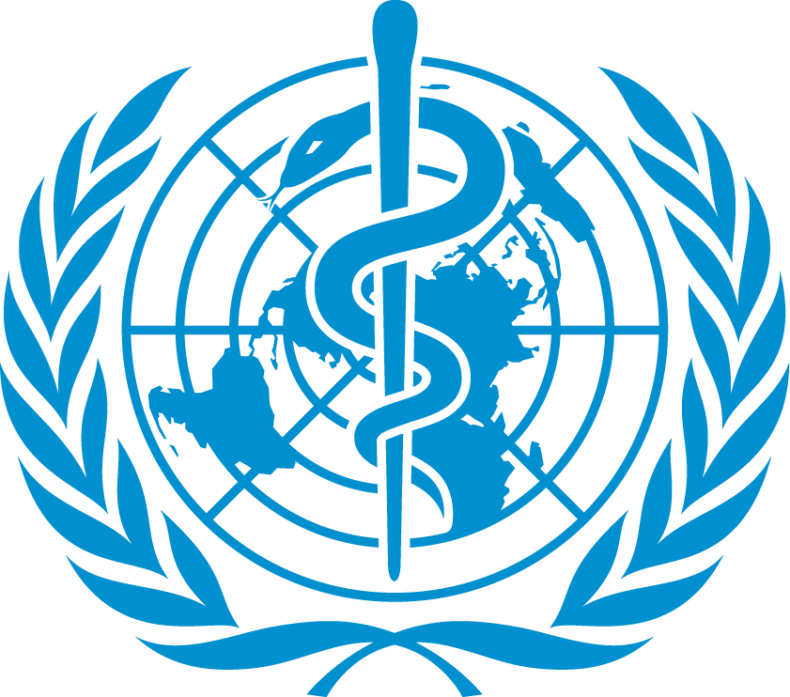WHO reprimanded the officials in China for hiding crucial scientific data that may link COVID’s origin to wild animals. The World Health Organization raised further questions regarding the absence of important data from the database.
Before the essential data on COVID-19 in China disappeared, an international team of virus experts had downloaded and begun the analysis of the research, which was later published in January. The research indicated the illegal trading of raccoons and the possible transmission of the virus from the animal at the Wuhan seafood market.

What did the experts say?
Dr. Tedros Adhanom Ghebreyesus, the W.H.O.’s director general, stressed the lack of support from China in sharing the essential data three years ago, when the pandemic had just begun. He made it mandatory for China to immediately share the missing pieces of evidence with the international community.
Crucial Evidences
After reviewing the entire scenario, the experts have offered strong evidence that raccoon dogs, fox-like animals, which are already known to spread Corona virus, left their DNA behind at some places in the Wuhan market where genetic material for the new Corona virus was also discovered.

The findings of the experts suggest that the transmission of virus from the animal to humans might have occurred due to the already persisting infection in the animals. The huge amount of genetic information collected from the Wuhan market in early 2020 and published by scientists of China in 2020 drew a lot of anticipation from virologists all over the world.
The incident
The entire incident came to light when a French biologist and her team presented their data analysis of COVID-19’s origin after they had discovered the genetic sequence in the database last week to a W.H.O. advisory group. The meeting also included the presentation by scientists of China, which focused on the same data.
There were remarkable differences between the analysis offered by Chinese scientists before and after. According to them, the samples taken from the market had been spread by sick people alone and not by animals.
Sarah Cobey, an epidemiologist and evolutionary biologist at the University of Chicago, pointed out that the evidence of raccoon DNA was very prominently found to be mixed in the viral samples. She stated that it could not be just humans spreading the virus.

Dr. Cobey was among 18 scientists who had signed an influential letter in the journal Science in May of 2021, urging the serious consideration of a scenario in which the virus could have spilled out of one of the laboratories in Wuhan.
The precision taken during sample collection and the disappearance of crucial evidence are still questions, she said.
She also highlighted the possible risks associated with the spread of viruses from labs and stated that a brief research on dangerously infectious pathogens is the call of the hour on Friday. She also said that the recent findings strengthen the theory of the spread of viruses from sea food markets in Wuhan, China.
Although some scientists, like David Fisman, an epidemiologist at the University of Toronto, have stated that this virus is known to infect more than one species, Fisman had also signed the May 2021 letter in Science.












